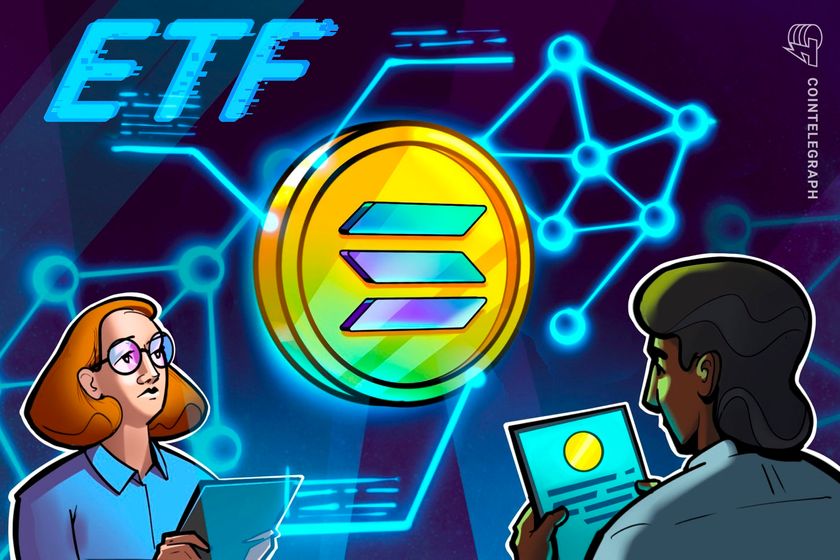
Aave v3 fork debuts noncustodial liquidity markets on Base

Seamless Protocol, a fork of Aave v3 deployed on Base, enables smart contracts with predetermined borrowing strategies to conduct undercollateralized borrowing on-chain.
A collaboration across decentralized finance (DeFi) developers is introducing a non-custodial liquidity markets on layer-2 network Base, promising to enable trustless smart contracts to automatically connect liquidity pools with borrowing strategies.
Behind the initiative are developers from Seashell, RNG Labs, and Loreum Labs, along with advisers and collaborators from Ampleforth, Uniswap and other projects. The group built the Seamless Protocol, a fork of Aave v3 that allows smart contracts with predetermined borrowing strategies to conduct undercollateralized borrowing on-chain.
“As an analogy, Borrowing Strategies are like single-purpose loans, such as home, auto, or school loans — the supplier knows exactly where the liquidity is being used, and the borrower is unable to use it for different purposes,” a contributor for Seamless told Cointelegraph, referring to undercollateralized borrowing options.
Very excited to announce a collaborative partnership with @SeamlessFi
Seamless is a decentralized, non-custodial liquidity market that is launching on @BuildOnBase
Can’t wait to see where this goes! Learn more about the partnership announcement https://t.co/Id9eVmDohs
— Seashell ( seashell.com Arbitrum Vaults) (@getSeashell) August 29, 2023
Undercollateralized borrowing isn’t something new in the crypto space. Protocols such as Maple Finance offer capital to institutional and qualified investors via undercollateralized products. The process, however, requires a combination of off-chain and on-chain steps, meaning the user seeking capital will have terms negotiated with Maple’s team before a loan is issued on-chain.
“Many borrowers already know the purpose of the additional liquidity they seek, so Integrated Borrowing Strategies simply connects these steps together. Because the Borrowing Strategies are on-chain in smart contracts, the Liquidity Suppliers have full visibility into how the funds are used,” the protocol explained regarding its core strategy.
General purpose loans — such as personal loans that can be used for a variety of situations — are also integrated into the protocol, but are governed by the usual DeFi lending rules that require overcollateralization.
Seamless believes its solution is a better fit for DeFi than on-chain reputation scores or on-chain identities, such as WorldCoin’s proof of personhood system. “[…] the only way to create conditions for undercollateralized borrowing would be within rails of a smart contract to smart contract system, which brings us back to the fundamentals of crypto and DeFi (trust code over humans),” a Seamless contributor said.
Magazine: Recursive inscriptions — Bitcoin ‘supercomputer’ and BTC DeFi coming soon
Go to Source
Author: Ana Paula Pereira









